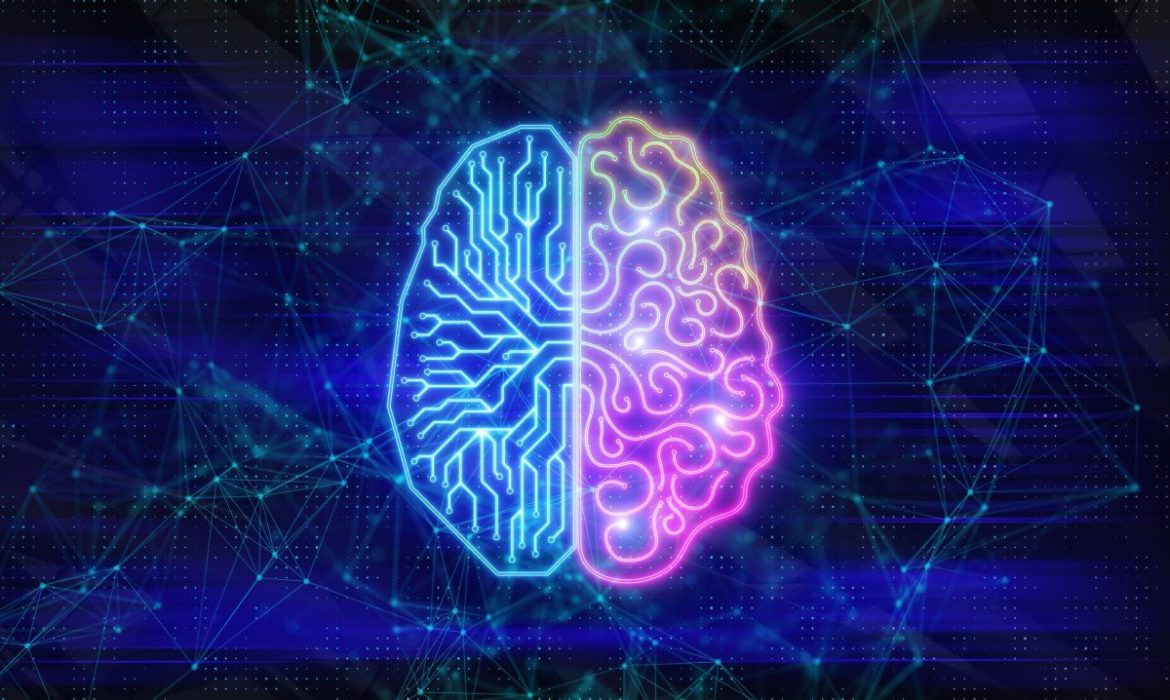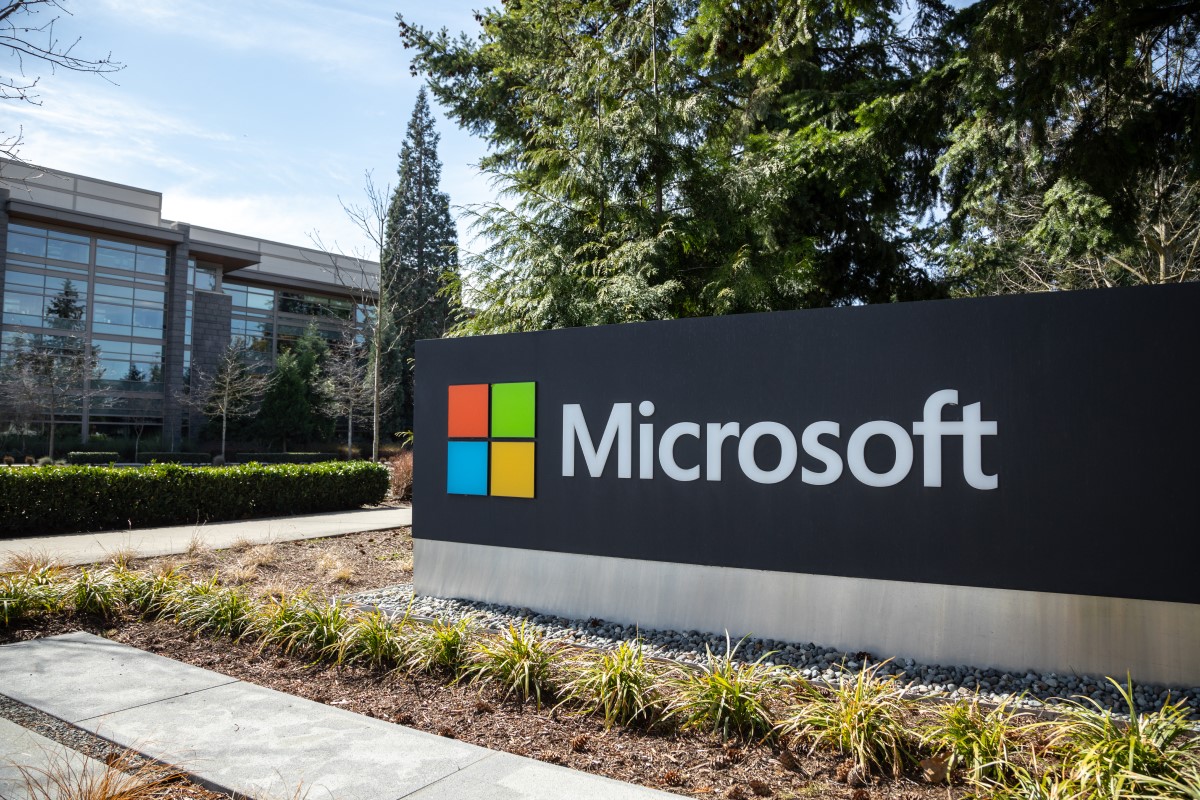There are vast contributions of deep learning to the field of artificial intelligence. Despite that, there is something very wrong on it: it requires enormous amounts of data. That is one thing that both critics of deep learning and the pioneers agree on. The leading technique of artificial intelligence was not deep learning until a few years ago. It is because of the shortage of computing power to process that data and limited availability of useful data.
Currently, among the top priorities of artificial intelligence researchers, is reducing the data-dependency of deep learning.
Yann LeCun is a computer scientist. He made a keynote speech at the AAAI conference. He presented the blueprint for self-supervised learning and discussed the limits of current deep learning techniques. It is his roadmap for solving the deep learning’s data problem. The inventor of CNN (convolutional neural networks) and one of the godfathers deep Learning is LeCun. Those are elements that spurred a revolution, in the past decade, in artificial intelligence.
Artificial Intelligence
One of the several plans to create data-efficient artificial intelligence systems is self-supervised learning. It is hard to predict which technologies will succeed in creating the next artificial intelligence revolution (or there will emerge different strategy), at this point.
Initially, LeCun clarified that a limit of supervised learning is what is often referred to as the limitations of in-depth knowledge. Supervised learning is the category of the learning algorithm, and it requires annotating training data. For example, in case you want to create an image model of classification, you need to train it on a massive number of images that have a label with their proper class.
In his AAAI speech, LeCun said that deep learning is not superficial learning, and it is not just neural networks. That is the idea of building a system assembling parameterized modules into a graph of computation.
















